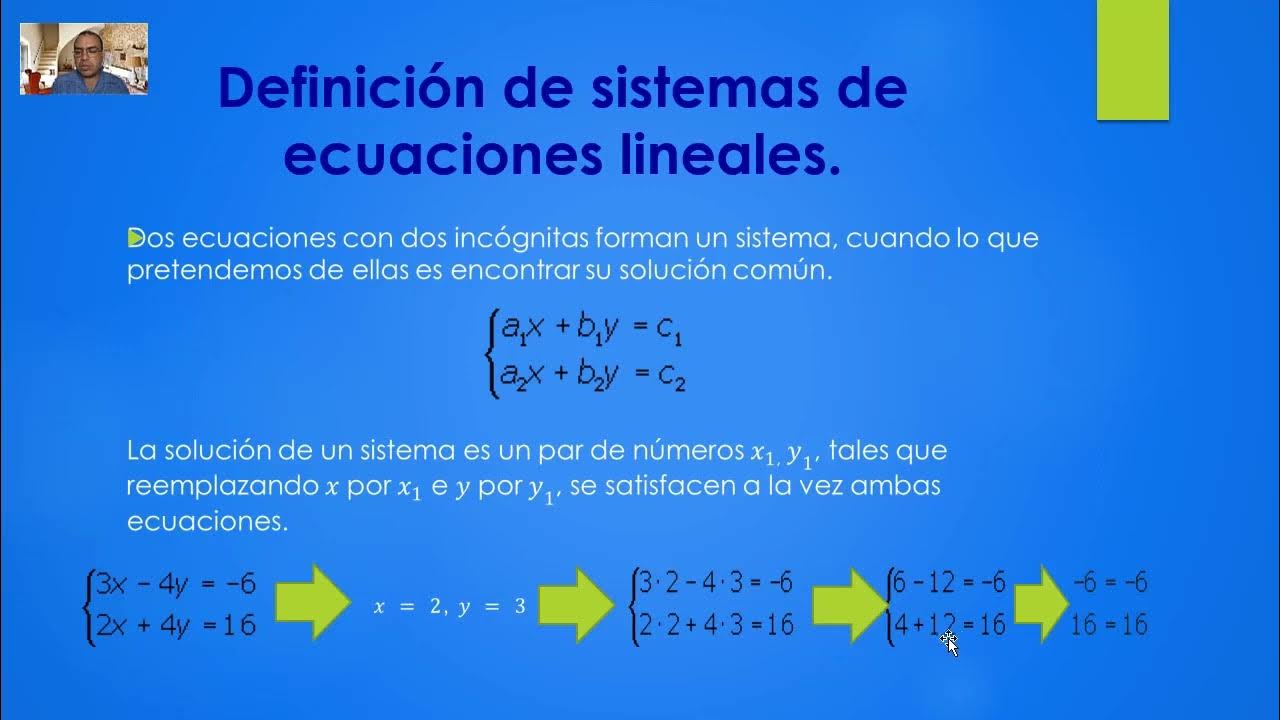Play Structure: The Episodic Plot
Summary
TLDRThe video discusses two common plot structures in theater: linear and episodic. While the linear plot mirrors life's flow, with a cause-and-effect sequence, the episodic plot presents a series of thematically connected episodes, often without chronological order. This structure allows for dramatic techniques like flashbacks, creating a narrative rather than a reenactment. The video highlights examples such as ancient Greek tragedies and Shakespeare's plays, emphasizing how these structures impact the audience's experience. It encourages viewers to notice how playwrights use these plot structures to engage or challenge the audience.
Takeaways
- 🎭 The linear plot is common in theater because it flows like real life and is easy to relate to.
- 📚 Another plot structure used in theater is the episodic plot, where actions are connected thematically, not causally.
- ⏳ In an episodic plot, episodes don't unfold chronologically and may use devices like flashbacks for exposition.
- 🌐 Unlike the linear plot, which builds tension through rising and falling action, the episodic plot creates a cumulative effect.
- 📜 Ancient Greek tragedies often utilized episodic plot structures, with episodes alternating with choral passages.
- 📝 Plays like *The Dining Room* by A.R. Gurney exemplify episodic structure, presenting various disconnected scenes united by common themes.
- 🕰️ *The Dining Room* moves back and forth in time, using different eras and class distinctions to explore American culture and morality.
- 🔄 Some works, such as Shakespeare's *Romeo and Juliet*, blend both linear and episodic plot elements, showcasing his versatility.
- 🎨 Shakespeare's genius lies in his ability to blend plot structures, making his plays feel powerful and seemingly structureless.
- 🧠 Observing plot structure in plays can challenge linear thinking and offer new ways to engage with dramatic storytelling.
Q & A
What is a linear plot structure?
-A linear plot structure is a common form of plot structure in theater that flows in a chronological manner, similar to real life. It typically involves rising and falling action and is easy to relate to.
How does an episodic plot structure differ from a linear plot?
-An episodic plot structure presents dramatic action in a series of episodes that are connected thematically rather than causally. It does not follow a cause-to-effect relationship and often involves actions that are not chronological.
What are the characteristics of an episodic plot structure?
-An episodic plot structure contains disconnected episodes that are linked by common themes or ideas. These episodes may feature different storylines, characters, and are often non-chronological, using devices like flashbacks for exposition.
What effect does a linear plot have on the audience compared to an episodic plot?
-A linear plot creates an effect through rising and falling action, making the audience feel like they are watching an experience unfold. An episodic plot, on the other hand, creates an accumulative effect, where episodes build in the audience's imagination until the overall meaning is clear at the play's conclusion.
What is the historical significance of episodic plots in theater?
-Episodic plots can be traced back to ancient Greek tragedies. Aristotle referred to acting scenes in these tragedies as episodes, and while these plays were divided into episodes, they often also followed linear plot elements.
Can you provide an example of a modern play with an episodic plot structure?
-A good example is A.R. Gurney's play *The Dining Room*, which presents one episode after another in a single set—a dining room in an American town. The play explores themes like class, family, and shifting morality through scenes that move back and forth in time.
How does *The Dining Room* utilize episodic plot structure?
-*The Dining Room* uses an episodic structure by presenting various overlapping scenes with different characters and storylines that explore themes rather than progressing through a continuous, chronological narrative.
How does Shakespeare blend plot structures in his plays?
-Shakespeare blends elements of both linear and episodic plots. For instance, while *Romeo and Juliet* can be analyzed as having a linear plot, it also unfolds one episode at a time, blending the structures to enhance the play’s dramatic power.
Why is Shakespeare considered a genius in plot structure?
-Shakespeare is seen as a genius because he skillfully blends different plot structures, creating plays that seem to lack rigid structure but still carry immense power and depth.
What should theatergoers observe in terms of plot structure when watching a play?
-Theatergoers should take note of how the playwright has structured the action of the play—whether it follows a linear plot or challenges linear thinking through an episodic structure. Observing these elements can reveal deeper meanings and enhance the experience.
Outlines

Этот раздел доступен только подписчикам платных тарифов. Пожалуйста, перейдите на платный тариф для доступа.
Перейти на платный тарифMindmap

Этот раздел доступен только подписчикам платных тарифов. Пожалуйста, перейдите на платный тариф для доступа.
Перейти на платный тарифKeywords

Этот раздел доступен только подписчикам платных тарифов. Пожалуйста, перейдите на платный тариф для доступа.
Перейти на платный тарифHighlights

Этот раздел доступен только подписчикам платных тарифов. Пожалуйста, перейдите на платный тариф для доступа.
Перейти на платный тарифTranscripts

Этот раздел доступен только подписчикам платных тарифов. Пожалуйста, перейдите на платный тариф для доступа.
Перейти на платный тарифПосмотреть больше похожих видео

Preparing a D&D Campaign that LASTS (3 Plot Method)

Aristotle's Poetics for the Overwhelmed Theatre Student

Persamaan Garis Lurus [Part 1] - Mengenal Persamaan Garis Lurus

Video 3.1. Sistemas de ecuaciones lineales, definición y clasificación

Challenges in Modeling of Concrete Frames and Buildings

Regresion Lineal
5.0 / 5 (0 votes)
